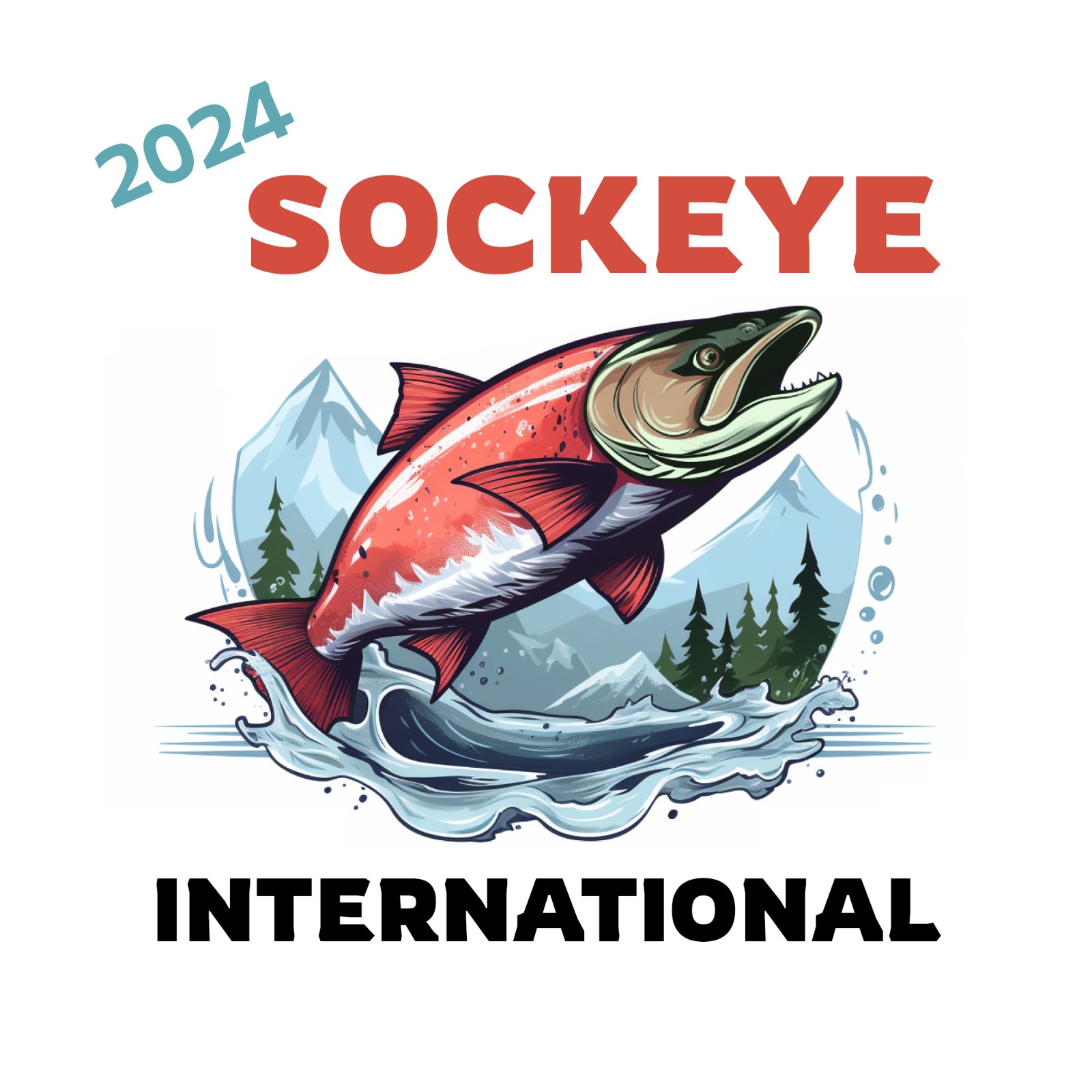Voda IQ
Predictions
Ugashik River's Sockeye run
5,228,060
Quesnel's Sockeye run
29,436
Kvichak River's Sockeye run
1,678,207
Stellako's Sockeye run
123,142
Egegik River's Sockeye run
7,057,110
Raft River's Sockeye run
5,651
Igushik River's Sockeye run
1,151,806
Naknek River's Sockeye run
4,895,426
Wood River's Sockeye run
5,414,248
Chilko River's Sockeye run
203,513
All of Columbia River's Sockeye run
453,929
Nushagak River's Sockeye run
2,054,739
Alagnak River's Sockeye run
2,659,170
Stuart River's Late Sockeye run
39,651 Prediction method
Submitted on Jun 24, 2024
Comparison of Traditional and Progressive Forecasting Tools Coded Using LLMs
Abstract
Forecasting Sockeye Salmon returns is crucial for fisheries management in North America's three largest systems, which encompass at least 14 stocks: Bristol Bay, Fraser River, and Columbia River. We utilized large language models (LLMs) to assist in coding a variety of forecasting techniques, from traditional methods like Autoregressive Integrated Moving Average (ARIMA) to advanced machine learning techniques. While LLMs expedited the coding process, they also showed limitations due to their lack of vision, subject matter expertise, and professional judgment. Challenges included differences in life history strategies among natal tributaries, varying time series, incomplete predictive features, and prevalent model overfitting, which affected the credibility of the 2024 forecasts. We compared three models, each incorporating ecological metrics hypothesized to influence marine survival, river-specific sibling data, and attempts to capture the cyclical nature of salmon returns. Predictions for 2024 were selected based on the lowest RMSE for each river. The total forecasts for Bristol Bay (30,138,766), Fraser River (401,393), and Columbia River (453,929) differed by -23%, +13%, and -24%, respectively, compared to regional authorities' forecasts. We believe emerging technologies in LLMs and machine learning have much to offer fisheries management, though the utility of these results for the 2024 return remains to be seen.
Prediction Model
Submitted on Jun 24, 2024
Description
We used a combination of predictive modeling techniques and publicly-available data known to influence salmon survival.

